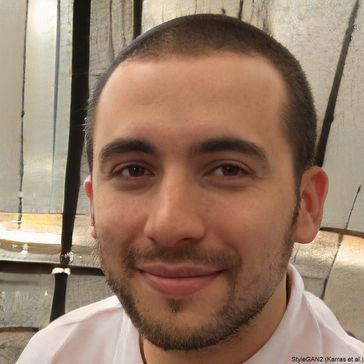While it is most frequently found in women, men can also develop breast cancer, though it is less common. Early detection and advancements in treatment have significantly improved the survival rates for those diagnosed with breast cancer. This article will discuss the causes, symptoms, and various treatment options available for breast cancer.
What is Breast Cancer?
The breast is composed of glands, ducts, and connective tissue, and cancer can develop in any of these areas. The most common type of breast cancer originates in the milk ducts and is known as ductal carcinoma. Other types include lobular carcinoma (which starts in the milk-producing glands) and rare types that develop in the connective tissue.
Causes of Breast Cancer
The exact cause of breast cancer remains unclear, but research has identified several factors that increase the risk of developing the disease. These factors can be broadly categorized into genetic, hormonal, environmental, and lifestyle influences.
- Genetics and Family History:
- A family history of breast cancer, especially in first-degree relatives (mother, sister, daughter), increases the likelihood of developing the disease.
- Certain gene mutations such as those in the BRCA1 and BRCA2 genes significantly raise the risk of breast cancer. Individuals with these genetic mutations may have up to an 80% chance of developing breast cancer in their lifetime.
- Other gene mutations linked to breast cancer include TP53, PTEN, and ATM, though they are less common.
- Hormonal Factors:
- Hormone replacement therapy (HRT) used during menopause has been linked to an increased risk of breast cancer. Estrogen and progesterone, the hormones used in HRT, can stimulate the growth of certain types of breast cancer.
- Age and Gender:
- The risk of breast cancer increases with age, particularly after the age of 50.
- Gender is the most significant risk factor, as women are much more likely to develop breast cancer than men.
Symptoms of Breast Cancer
While some cases of breast cancer are discovered through routine screening, it’s important to be aware of the common symptoms. These symptoms vary from person to person and may not always indicate cancer, but any unusual changes should be evaluated by a healthcare professional.
- Lumps in the Breast: The most common symptom of breast cancer is a painless lump or mass in the breast. It may be hard or irregular in shape, though some cancers may feel soft.
- Changes in the Size or Shape of the Breast: A noticeable change in the size, shape, or appearance of the breast, such as swelling or asymmetry, could indicate a problem.
- Skin Changes: Redness, dimpling (similar to the appearance of orange peel), or puckering of the skin on the breast are warning signs.
Treatment Options for Breast Cancer
The treatment for breast cancer depends on various factors, including the type of cancer, its stage, whether it has spread, and the patient’s overall health. Treatment plans are often tailored to the individual and may involve one or more of the following approaches:
- Surgery: Surgery is a common treatment for breast cancer, and there are several types of surgical procedures:
- Lumpectomy: Removal of the tumor and a small margin of surrounding tissue, leaving most of the breast intact.
- Mastectomy: Removal of the entire breast. This is typically recommended for larger or more aggressive cancers, or if the cancer has spread.
- Lymph Node Removal: Lymph nodes in the underarm area may be removed to determine if cancer has spread.
- Radiation Therapy: Radiation is used to kill remaining cancer cells after surgery or shrink tumors before surgery. It is typically used after a lumpectomy and may also be used to treat any cancer that has spread to nearby lymph nodes.
- Chemotherapy: Chemotherapy uses powerful drugs to kill cancer cells or stop them from growing. It may be administered before surgery (neoadjuvant therapy) to shrink tumors or after surgery (adjuvant therapy) to kill any remaining cancer cells.
- Hormone Therapy: Hormone therapy is used for cancers that are sensitive to hormones like estrogen or progesterone. Drugs such as tamoxifen or aromatase inhibitors block the hormones that fuel cancer growth.
Conclusion
Breast cancer is a complex disease with various causes, symptoms, and treatment options. While the risk of developing breast cancer is influenced by genetics, hormones, lifestyle, and age, advancements in early detection and treatment have greatly improved survival rates. If you experience any unusual changes in your breasts or have concerns about your risk, it's important to speak with a healthcare provider for guidance. With ongoing research, new treatments, and improved awareness, there is hope for individuals diagnosed with breast cancer to live long and healthy lives.

